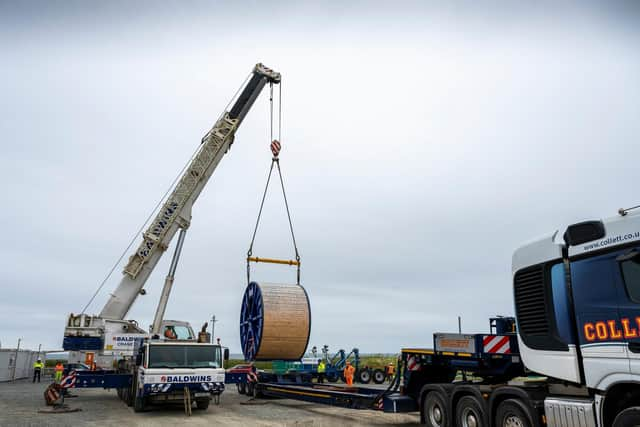How hydroelectric power could help with our future energy security - Yorkshire Post Letters
The media was full of the commissioning of phase two of the Dogger bank wind farm at a cost of £6bn with a further £3bn to complete phase three. This is a renewable source of electric power which is at the weather source providing wind speeds within fairly controlled margins. The system also requires a fairly expensive strict maintenance schedule at high costs.
There are alternatives to this expensive form of generation such as hydroelectric power which utilises water from lakes and man made dams and other storage methods i.e. the Mount Snowdon lake. There is also the use of tidal power which is predictable and relatively low capital cost, which makes it attractive particularly as low and high tides are at variable but predictable times around the British Isles which is one of the biggest tidal coastlines in the world.
Advertisement
Hide AdAdvertisement
Hide AdI believe that this is the system we should be exploiting if one takes a line across England just north of Oxford and looks where the majority of drinking water is stored at cica 350 metres above sea level in large reservoirs and the water is fed downstream to service reservoirs and treatment works generally 24 hours a day. This is a source of energy which is free and caused by gravity and if pipeline turbines could be placed a say every 750 metres the same water could generate power several times as it flowed to the service reservoirs and treatment works.


This system could not only be a source of green electricity to run the water company’s treatment works and distribution pumping systems but feed green electricity into the national grid.
The cost of installation and control would most probably cost significantly less than required for wind farms which will certainly have a higher actual cost of maintenance being based 140km out in the North Sea.
I may well be over simplifying the solution but the Romans were very big in using water to heat their villas and water for other public amenities. This system could be modified to benefit third world countries. I actually had a relative who installed artesian wells in northern Nigeria in the 1950s, 1960s and 1970s.